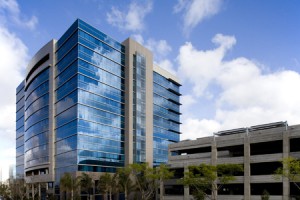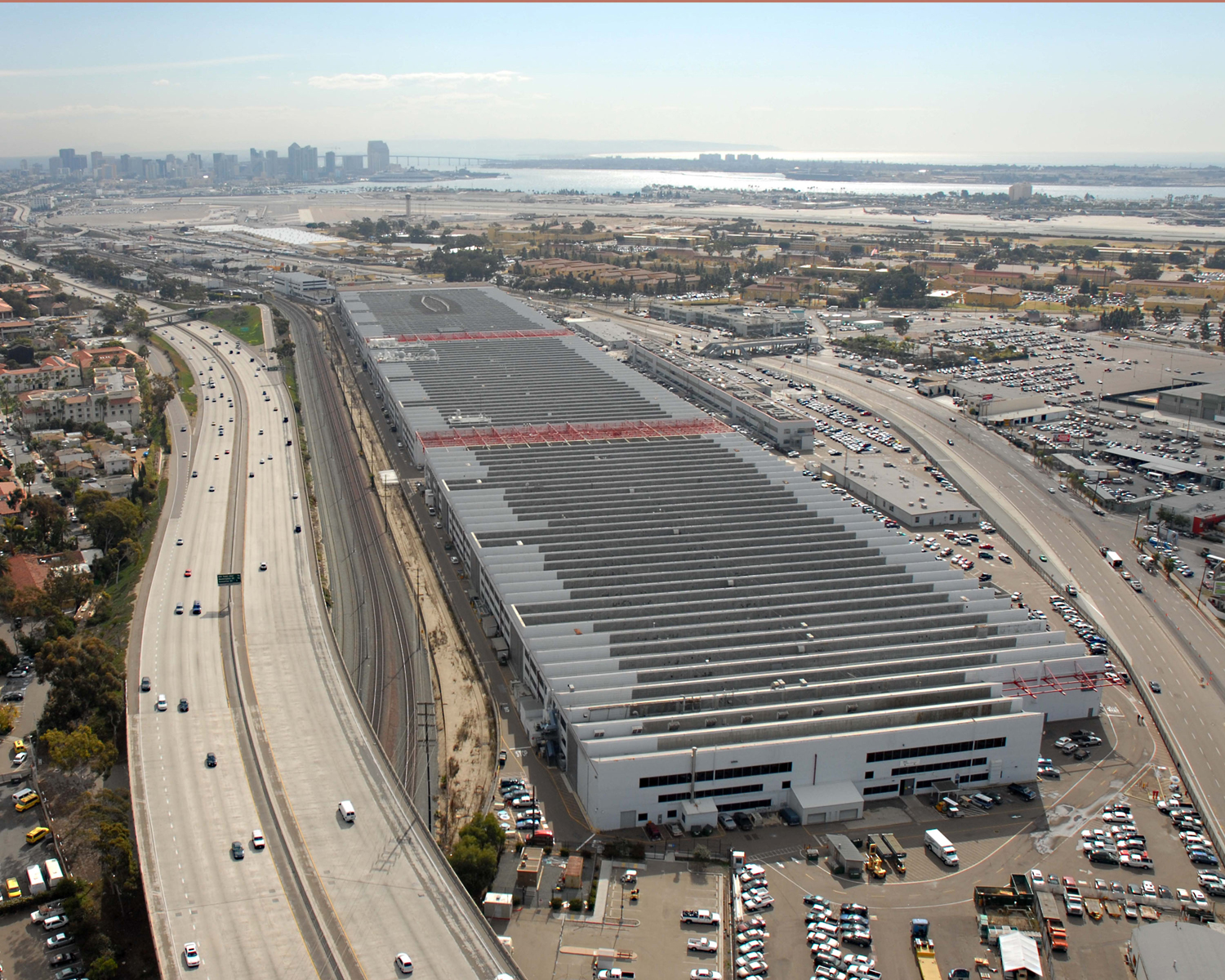Does building green make cents? Exploring the economics of commercial green buildings

By Chuck Colgan
San Diego ranks among the top 25 metropolitan areas in the nation with the largest number of energy-efficient buildings that earned ENERGY STAR ratings in 2009, according to a report issued by the U.S. Environmental Protection Agency (EPA).
Coming in 17 on the list with 58 ENERGY STAR-labeled buildings, San Diego falls well below list-leading Los Angeles with 293 qualifying buildings and second-place Washington, D.C., with 204. Rounding out the top five are San Francisco (173), Denver (136) and Chicago (134). According to the EPA, nearly 3,900 commercial buildings nationwide earned the ENERGY STAR last year, representing an annual savings of more than $900 million in utility bills and more than 4.7 million metric tons of carbon dioxide emissions.
While questions have arisen about the potential crushing effects of the recent economic situation on the trend toward green commercial building and retrofitting, a team of economic researchers has concluded that the value of green building remains strong.
Speaking at a workshop titled “Doing Well by Doing Good: Green Office Buildings” hosted by the California Center for Sustainable Energy, Dr. Nils Kok, a professor at Maastricht University in the Netherlands and a visiting scholar at UC Berkeley, presented an analysis of the financial performance of green office buildings in the United States. The study is based on actual market transactions and not simply engineering estimates.
Kok said that office buildings with energy efficiency certification can command higher rents, expect better occupancy rates and garner a greater sale value. The initial study was published in 2008, but follow-up analysis in October 2009 showed these values held even during the global economic crisis.
The studies focused on nearly 2,700 office buildings with either ENERGY STAR or LEED ratings in cities across the nation and some 22,000 comparable, non-green office buildings located within a quarter mile of the certified buildings.
The researchers found that green buildings have rental rates that are two percent higher per square foot than otherwise identical nearby buildings. When the rents are adjusted for building occupancy levels and rental concessions, the premium goes to above 6 percent. At the average size of the buildings in the study, the estimated annual rent increase for a green building is almost $241,000, giving the building an increased sales value of about $4.7 million more than comparable unrated buildings in close proximity.
“This study provides the first credible evidence on the economic value of the certification of ‘green’ or energy-efficient buildings in the commercial sector,” Kok said. “In trying to encourage the development of a more sustainably built environment, it is important to be able to demonstrate to investors and developers that there is financial benefit from investing in green.”
As with all real estate, Kok said, it’s about location, location, location —except the news for green building isn’t as good. As it turns out, in the more desirable and expensive locations, there is less value to being green. He is quick to add, however, there is still a good premium and that individual building characteristics play a big role in sale value.
Some interesting observations about green buildings in the study:
• Substantially larger on average.
• Higher occupancy rates.
• More likely to have net rent contracts in which tenants pay directly for utilities.
• Much newer, averaging about 24 years old.
• Nearly 80 percent rated as Class A.
• More on-site amenities, such as retail shops and exercise facilities.
• Improved indoor environment might result in high employee productivity.
•Likely positive effect on corporate image of tenants.
• Longer economic lives, less depreciation and lower overall risk.
McGraw-Hill Construction’s “2009 Green Outlook: Trends Driving Change report estimates that by 2013, the overall green building market is likely to more than double to $96 billion-$140 billion versus $36 billion-$49 billion today for residential and nonresidential buildings.
Chuck Colgan is with the California Center for Sustainable Energy

